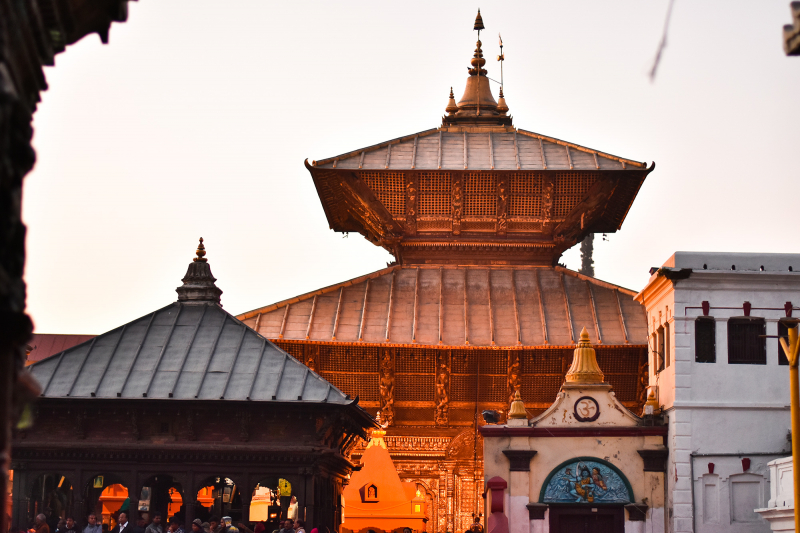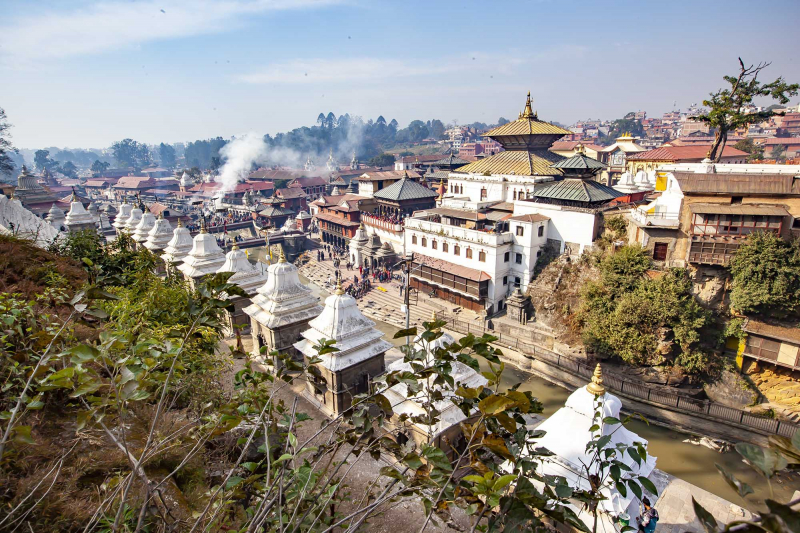Pashupatinath Temple

Pashupatinath is the most important Hindu holy shrine in Nepal. Among the Lord Shiva locations, this sacred shrine is the most important. Pashupatinath temple is around 5 kilometers northeast of Kathmandu valley on the bank of the Bagmati River. Bagmati is regarded as a holy river by religious people, who wash their hands and feet before entering the temple to worship. The Pashupatinath temple's enclosed area is on the UNESCO World Heritage list.
Every year, thousands of devotees, ordinary people, and tourists from all over the world visit the pilgrimage site to worship, do research, or learn about the temple's magnificence and construction. Previously, only Hindus were permitted to enter the temple and pray, while others were only permitted to view the Pashupatinath temple from the Bagmati River's bank. However, recent events have transformed people's beliefs, opening the entrance to the temple to every human being.
The Pashupatinath temple is built in the Pagoda style. The wooden windows, doors, gates, and accessories are all wonderfully constructed, illustrating the historical framework that has been followed for centuries. The copper roofing of the temple's two levels are covered with gold. The four entry doors to the temple are constructed of silver sheets. The temple's tower is composed of gold, which represents the religious concept. The western entryway features a large bronze figure of Bull / Nandi. The bull is the ultimate Lord Shiva cavalier emblem.
The Shiva Linga, or deity inside the temple is made of black stone and is 6 feet tall and has the same circumference. The temple preserves the important traditions, values, and basic beliefs of Nepalese people who have long practiced Hinduism. Visiting Pashupatinath is an excellent way to learn about Nepalese heritage, culture, and religion.
- Google Rating: 4.8/5
- Website: https://pashupatinathtemple.org/
- Phone: +977 1-4471828
- Opening Hours: Daily - 5:00 to 14:00 & 17:00 to 18:00
- Address: Gaushala Road, Kathmandu 44600, Nepal











